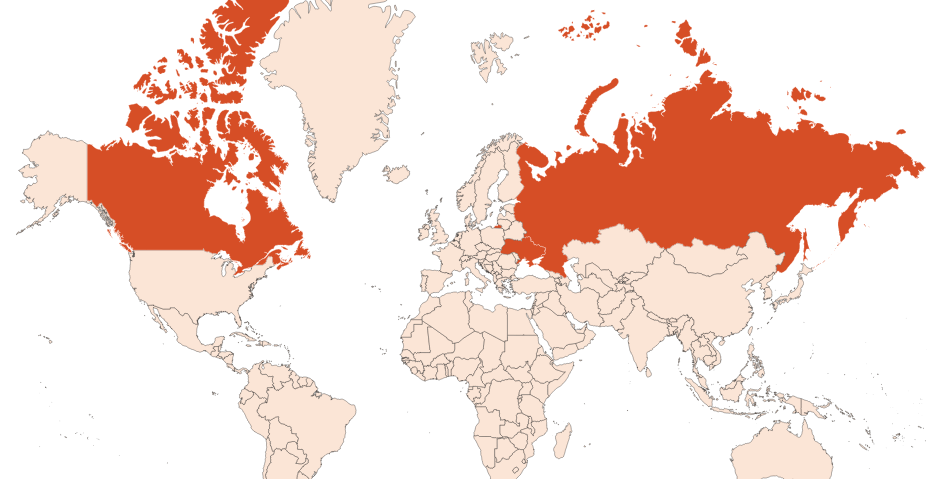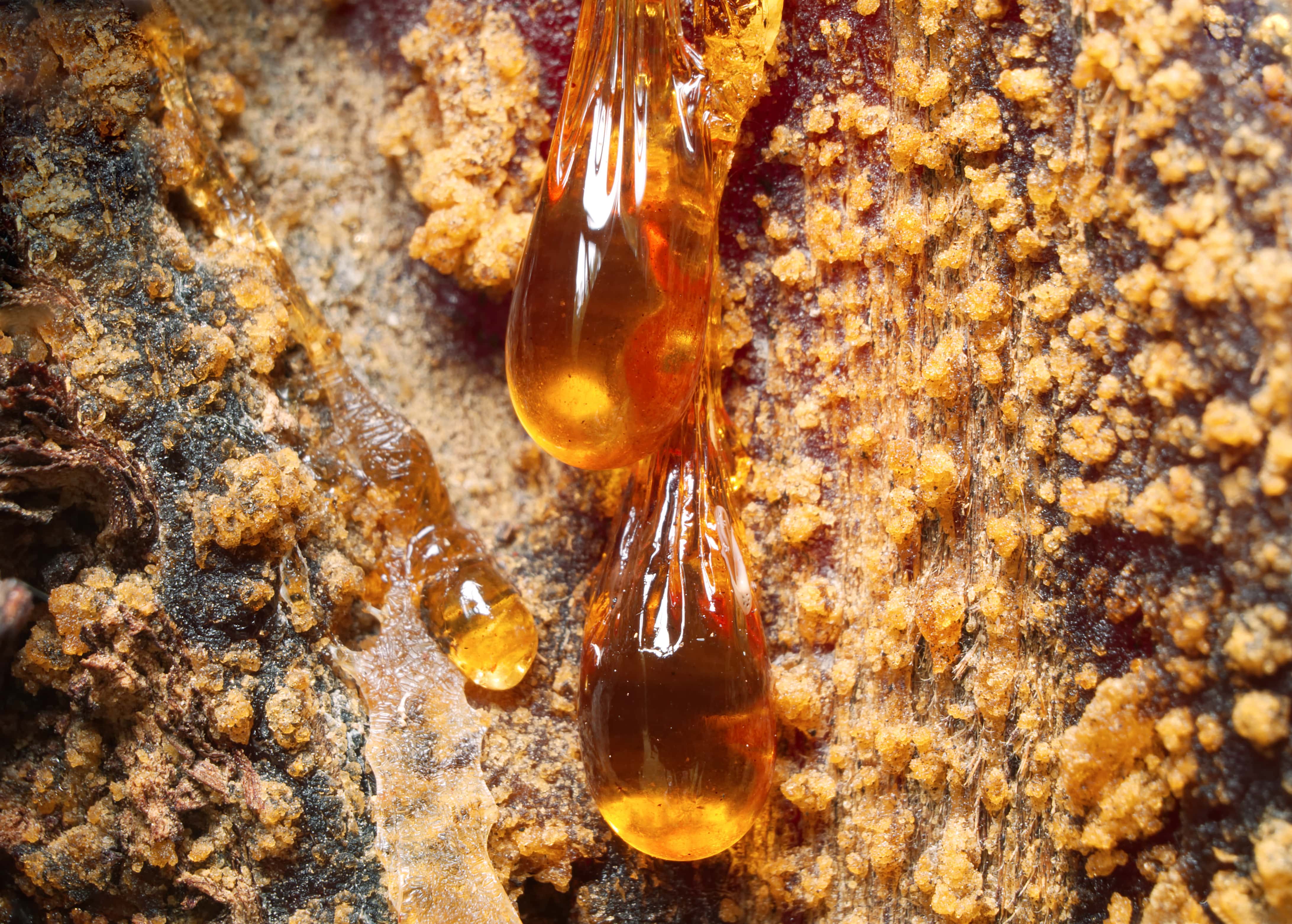| Company | Ingredient Name | ID | Comments | Naturality | Certifications | Purity | Latin name | Treated part | Geographical origin | MOQ |
|---|---|---|---|---|---|---|---|---|---|---|
|
|
TEREBENTHINE | B895 |
Visit website
|
Huile essentielle |

|
- | Pinus pinaster Solander in Aiton | Résine | Portugal | - |
General Presentation
-
CAS N° : 8006-64-2
-
EINECS number : 232-350-7
-
FEMA number : 3089
-
Appearance : Colorless viscous liquid
-
Density : 0,860 - 0,870 @20°C
-
Volatility : Head
-
Price Range : €
Physico-chemical properties
-
Optical rotation : Donnée indisponible
-
Vapor pressure : Donnée indisponible
-
Refractive Index @20°C : Donnée indisponible
-
Acid Value :
-
Flash Point :
Uses
Uses in perfumery :
Used as an accompaniment to other terpenes for an long-lasting effect. Used in fougere, woody notes, detergents and Christmas tree accords.
Major Components :
- Alpha-pinene (71 - 85%)
- Beta-pinene (11 - 20%)
- D-Limonene (1 - 7%)
- Camphene (0,6 - 1,5%)
- Myrcene (0,4 - 1,5%)
- Beta-caryophyllene (0,3 - 3%)
- Longifolene (0,2 - 2,5%)
- Caryophyllene oxide (< 0,5%)
- Delta-3-carene (< 0,1%)

Photo credits: ScenTree SAS
Botanical name :
Data not available.
Botanical profile :
Turpentine is the resin of the Scots pine, of the Pinaceae family and the genus Pinus.
Chemotypes :
Scots pine has two different chemotypes: one is ssp. sylvetris and the other contains δ-3-Carene.
Other pines are commonly used in perfumery including:
The longleaf Indian pine from the Himalayas (Pinus roxburghii); the black pine (Pinus nigra), whose two subspecies are the laricio pine of Corsica and Calabria, and the black pine of Austria; the Swiss pine (Pinus cembra); the mountain pine (Pinus montana); the maritime pine (Pinus pinaster); the longleaf pine (Pinus palustris) are pines originating in Eurasia, such as the Sylvester pine.
The white pine (Pinus strobus), the red pine (Pinus resinosa), the jack pine (Pinus divaricata) and the western yellow pine (Pinus ponderosa) are pines from North America.
The difference made between a pine (genus Pinus) and a fir (genus Abies) lies in the arrangement of their needles: the needles of the pine inserted in groups of two, three or five, and the needles of the fir are arranged one by one to the twigs.
Extraction process :
The Sylvester pine can measure up to 40 meters high and has a bare trunk which facilitates the collection of its resin. The Sylvester pine resin is collected by incision of the tree. This resin is actually a means of defence for the tree and is secreted as soon as an aggression is inflicted on it. The resin flows out after a voluntary incision of the tree. Then, it is filtered and steam distilled. The essential oil is separated by decantation of the water at the refrigerant outlet.
The resin yield varies according to the chemotypes and the geolocation of the tree. The extraction yield of the essential oil is between 13 and 25% which explains it low cost.
Other comments :
The essential oil of turpentine can be extracted to collect α-Pinene of natural origin as it is one of the main precursors.
As the essential oil of turpentine has a low cost, it is often used as an adulterant, in particular for the essential oil of Sylvester pine, whose composition must nevertheless reach particular standards.
Stability :
The terpenes identified in this raw material can polymerize when they are oxidized
Regulations & IFRA
Allergens :
This ingredient is classified as an allergen under European Regulation 2023/1545, dated August 26, 2023.
Its presence must therefore be declared on product labels when it exceeds 0.001% in leave-on products and 0.01% in rinse-off products.
IFRA 51th :
This ingredient is restricted by the 51th amendment
Annexe I :
Some regulated synthetic ingredients are found in nature and in certain proportions in natural ingredients. This presence in nature has to be taken into account when calculating limits of use recommended by the IFRA. In case you do not know these concentrations, you can use the ones estimated by the IFRA. Here they are :
| List of regulated compounds contained in this ingredient | ||
|---|---|---|
| Regulated ingredient name | CAS N° | Estimated Concentration |
| Longifolene | 475-20-7 | 0,12 |


